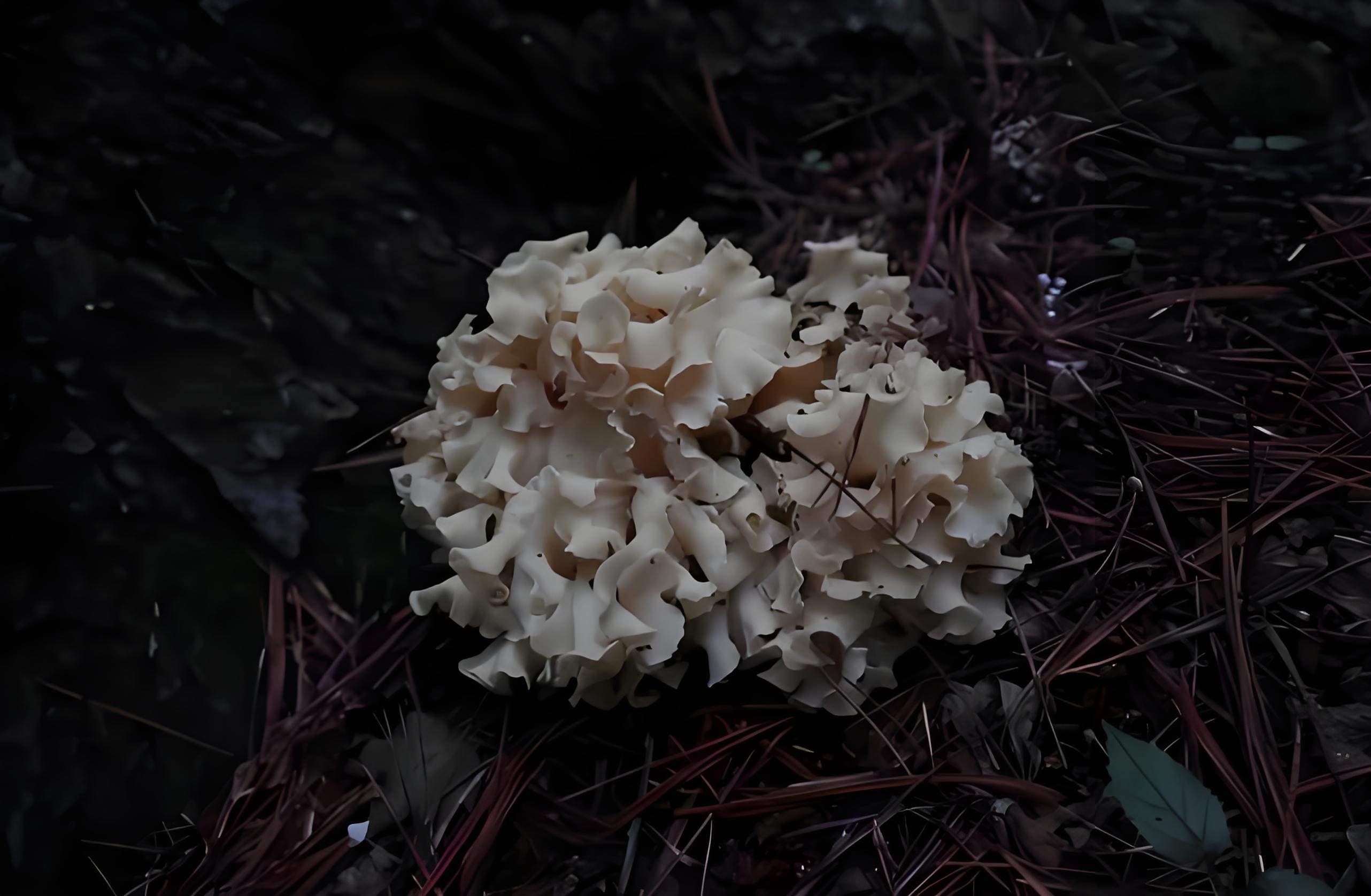
Also known as: Hydrangea, Hydrangea Mushroom, Hydrangea Flower, Cauliflower Fungus, White Hydrangea. When the fruiting body matures, the petals become large and twisted, resembling cauliflower or hydrangea, hence the name Hydrangea.
Classification: Hydrangea, Hydrangeaceae, Hydrangeales, Polyporaceae.
Ecological Distribution: Hydrangea is primarily found in forested areas of Northeast and Southwest China. It often grows on exposed roots near the base of tree trunks during the transition from summer to autumn. For example, wild Hydrangea macrophylla in Northeast China often grows on exposed roots at the base of spruce, fir, northeastern pine, red pine, and larch trees in the Changbai Mountains. Similarly, in Southwest China, it often grows on exposed roots in coniferous forests in areas such as Gaoligong Mountain in Yunnan, Cangshan Mountain in Dali, and Ailao Mountain.
Given the ecological environment of wild Hydrangea, pine sawdust should be the primary raw material for its cultivation. Currently, Chinese hydrangea mushrooms are primarily cultivated using bag cultivation and factory production.
Morphological Characteristics: The fruiting body's petals intertwine, resembling waves or silver leaves. They are thin and irregular, with curved and uneven edges, resembling a hydrangea.








